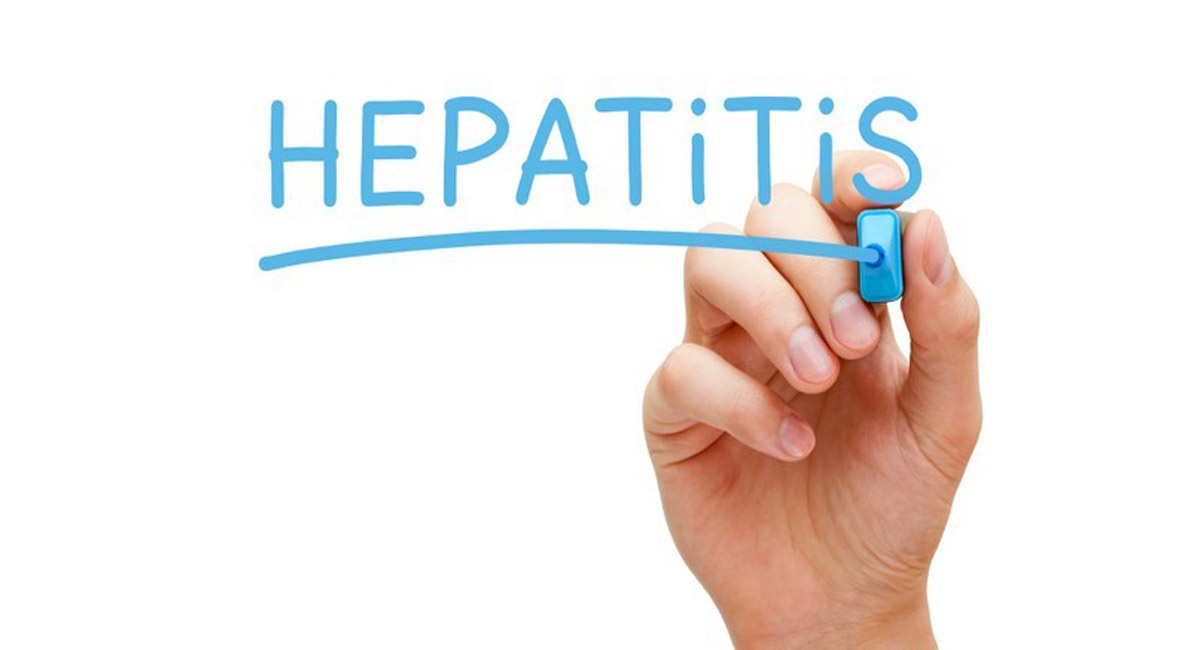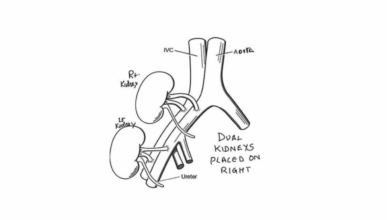Mystery child hepatitis outbreak passes 1,000 recorded cases: WHO
Geneva: The World Health Organization (WHO) has been keeping a close eye on the puzzling spread of hepatitis in previously healthy children, which has left dozens needing life-saving liver transplants.
As many as 35 countries in five regions of the world have now reported more than 1,010 probable cases of unexplained severe acute hepatitis, or liver inflammation, in youngsters, since the outbreak was first detected on 5 April.
“As of 8 July 2022, 35 countries in five WHO Regions have reported 1010 probable cases of severe acute hepatitis of unknown aetiology in children, which fulfill the WHO case definition, including 22 deaths. Since the previous Disease Outbreak News published on 24 June 2022, 90 new probable cases and four additional deaths have been reported to WHO. Additionally, two new countries, Luxembourg and Costa Rica, have reported probable cases,” according to a new update on Wednesday from the World Health Organization.
So far, 22 children have died, and almost half of the probable cases have been reported in Europe, where 21 countries have registered a total of 484 cases.
This includes 272 cases in the United Kingdom – 27 per cent of the global total – followed by the Americas, whose regional total of 435 includes 334 cases in the United States, representing a third of cases worldwide. The next highest caseload is in the Western Pacific Region (70 cases), Southeast Asia (19) and the Eastern Mediterranean (two cases).
Seventeen countries have reported more than five probable cases, but the actual number of cases may be underestimated, in part owing to the limited enhanced surveillance systems in place, said WHO.
According to the UN health agency’s latest assessment, the risk of this paediatric hepatitis outbreak spreading is “moderate”.
Out of 100 probable cases with available clinical data, the most commonly reported symptoms were nausea or vomiting (in 60 per cent of cases), jaundice (53 per cent), general weakness (52 per cent) and abdominal pain (50 per cent).
The average time between the onset of symptoms and hospitalization, was four days.
In laboratory tests, WHO said that hepatitis A to E had not been present in the affected children. Other pathogens such as the coronavirus were detected in a number of cases, but the data is incomplete, the UN health agency said.
Adenoviruses – which cause a wide range of illnesses, such as colds, fever, sore throats and pneumonia – have been “the most frequently detected pathogen” in cases of paediatric hepatitis, WHO said.
In Europe, adenovirus was detected by polymerase chain reaction tests (PCR) in 52 per cent of the child hepatitis cases (193/368) so far; in Japan, it was found in just nine per cent of cases (5/58).
According to UN News, owing to limited adenovirus surveillance in most countries, it is quite possible that the true number of cases of child hepatitis is higher than currently known.








